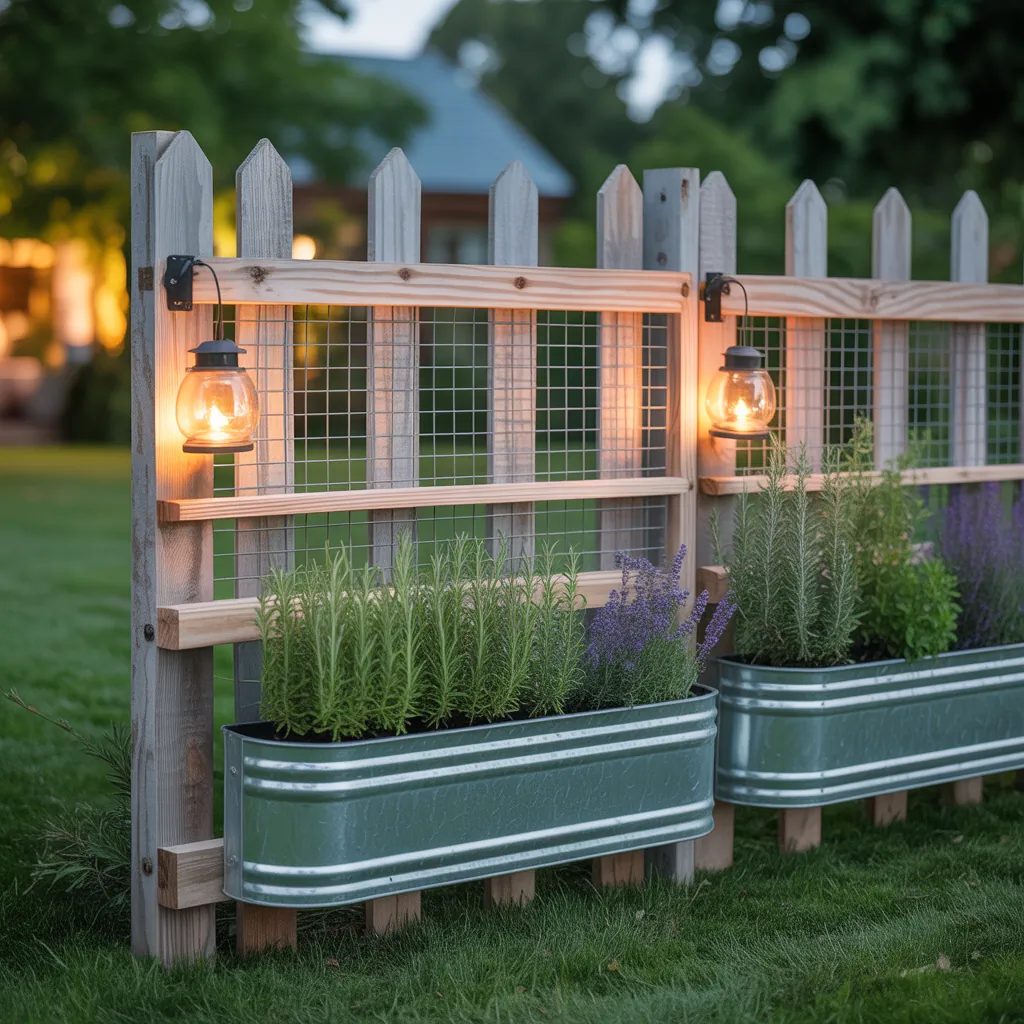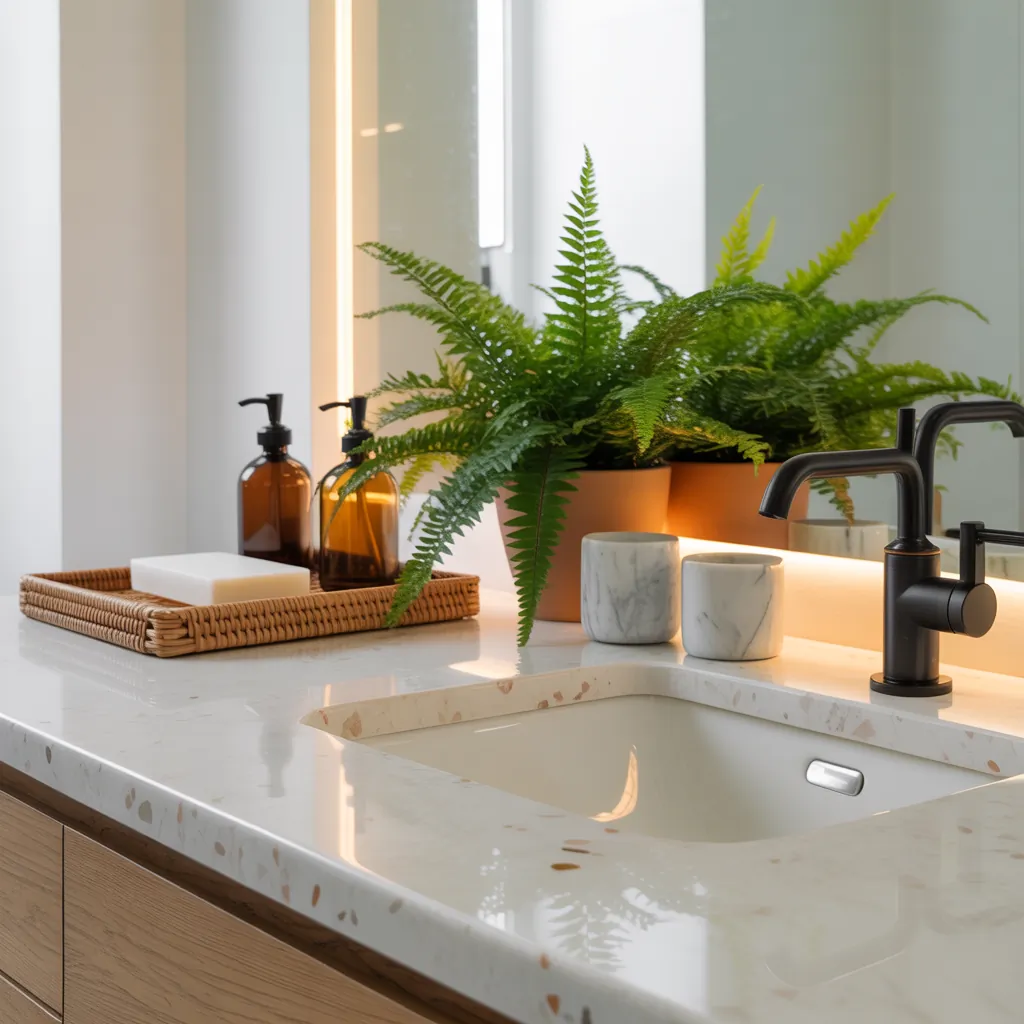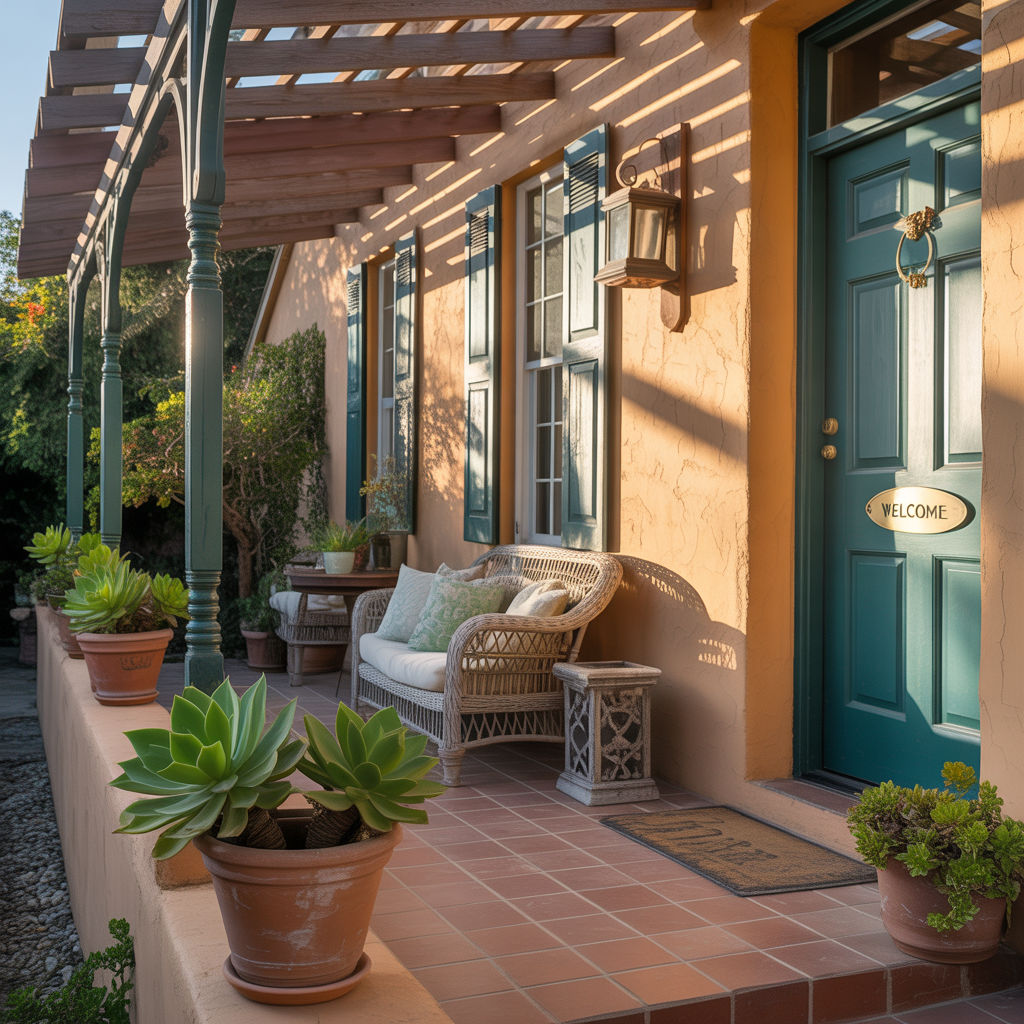Have you ever spent weeks nurturing seedlings only to find them dug up by rabbits, munched by deer, or trampled by neighborhood dogs? If so, you’re not alone. Creating a garden barrier that keeps animals out without turning your yard into a fortress is one of the most common home improvement challenges for DIY gardeners. In this guide you’ll find real-world, DIY-friendly garden fence ideas animal barrier solutions that balance function, style, and safety.
Why an animal barrier matters — and what to think about first
Before you pick posts and panels, consider the types of pests you’re dealing with (deer, rabbits, groundhogs, dogs, coyotes), local regulations, and your garden’s visual style. A good animal barrier protects plants while blending into the landscape and respecting neighbors and wildlife.
Key planning questions
- Which animals are the problem? Different animals require different heights and mesh sizes.
- How large is the area to protect? Gate access and maintenance paths are essential.
- Are there HOA rules or local codes? Some areas restrict fence height and materials.
- Do you want a temporary or permanent solution? Seasonal nets differ from concrete-set posts.
Top materials for a reliable animal barrier
Selecting materials is where functionality meets design. Here are the most effective options:
- Welded wire mesh — Strong and available in varying gauges; excellent for rabbits and small mammals.
- Hardware cloth (galvanized) — Fine mesh that prevents burrowing and nibbling; good for raised beds.
- Chain-link or galvanized panels — Durable for larger animals like dogs and coyotes; can be dressed up with paint or slats.
- Wooden picket or privacy fence — Attractive and sturdy; requires a taller height to deter deer.
- Electric or temporary netting — For severe deer pressure; use responsibly and check local rules.
DIY step-by-step: Build a mixed-material animal barrier
This hybrid approach combines wood posts and welded wire for a low-cost, attractive, and effective solution.
- Measure and mark: Outline the perimeter. Space posts 6–8 ft apart for welded wire, closer for heavier panels.
- Dig post holes: Typically 18–24 inches deep. Use a post hole digger. Add gravel for drainage.
- Set posts: Place treated lumber or metal T-posts and backfill with concrete for permanent stability. Let cure 24–48 hours.
- Attach bottom mesh: Unroll welded wire across the outside of posts. Use fencing staples or U-clips to fix it at top and bottom.
- Bury a skirt: To prevent burrowing, extend mesh 12–18 inches outward at the base and bury it horizontally, or bury the mesh down 12 inches directly.
- Add height extensions: If deer are the issue, add an angled top or a second layer of mesh to reach 8 feet. A simple 2-foot lattice top attached to posts gives visual appeal.
- Install a gate: Build a sturdy frame for the gate and use heavy-duty hinges and a latch. For animal-proofing, self-closing latches or carabiners keep wildlife from pawing them open.
- Finish and plant: Stain wood, paint metal, and soften the look with climbing plants on trellises or planter boxes attached to the fence.
Tools and supplies checklist
- Post hole digger, level, and tape measure
- Treated posts or metal T-posts, concrete mix
- Welded wire/hardware cloth/chain-link as needed
- Staples, U-clips, heavy-duty wire cutters
- Gate hardware, hinges, latches
- Optional: lattice, trellis, paint/stain
Design inspiration: Make your animal barrier attractive
Protecting your garden doesn’t mean sacrificing curb appeal. Try these ideas:
- Combine a short ornamental picket front with a hidden wire mesh backing — the best of both worlds.
- Use cedar posts and horizontal slats for a modern, deer-deterent fence that’s also stylish.
- Install a living fence: dense hedging augmented with underground mesh can be both beautiful and effective.
- Add trellises and vines (clematis, honeysuckle) to soften metal fencing and create vertical gardening space.
Low-cost hacks and seasonal fixes
Need a temporary animal barrier? Try these quick solutions:
- String plastic garden netting around young beds for a season — cheap and easy to install.
- Use motion-activated lights or sprinklers to deter nocturnal visitors like raccoons and deer.
- Raised beds with hardware cloth bottoms stop burrowers like voles and moles.
Garden fence ideas animal barrier: Safety and wildlife-friendly tips
When you build animal barriers, be mindful of wildlife safety and local ecology. Avoid barbed wire in suburban settings, don’t trap or injure animals, and leave small escape routes for non-target creatures if possible. If you consider electrified fencing, consult professionals and local ordinances. Humane deterrents (scent, companion plantings, repellents) can complement physical barriers.
Maintenance and seasonal care
Inspect your fence each season for sagging, holes, or rust. Tighten loose mesh, replace damaged posts, and trim plants that might provide a bridge for animals. Regular maintenance extends lifespan and keeps your barrier effective.
Frequently Asked Questions
1. How high should a garden fence be to keep deer out?
For deer, aim for at least 7–8 feet. A tall solid fence works best, or use an angled top extension to discourage jumping without needing a full-height panel.
2. Is chicken wire enough to stop rabbits and rabbits burrowing?
Chicken wire can stop adult rabbits but is usually too flexible and has openings large enough for juveniles. For reliable protection, use hardware cloth (1/4–1/2 inch mesh) and bury it 6–12 inches to prevent burrowing.
3. Can I make an attractive animal-proof fence on a budget?
Yes. Use recycled materials like pallets for decorative faces over welded wire, plant dense hedging in front of a sturdy wire fence, or add climbing vines to soften basic chain-link. Smart design and seasonal plantings make budget fences look intentional and stylish.
Conclusion — Start protecting your plants today
Whether you’re dealing with deer, rabbits, neighborhood dogs, or determined burrowers, these garden fence ideas animal barrier approaches give you practical, DIY-friendly options that protect your garden and look great doing it. Pick a design that matches your budget and skill level, and start with one section or raised bed to test how it performs.
Ready to tackle your next home upgrade? Try a small fence project this weekend and share your results. For more inspiration check out our pages on DIY projects, home design ideas, and even kitchen upgrades to keep improving every corner of your home.
Have questions about materials, measurements, or local rules? Leave a comment with your location and problem animal, and we’ll help you plan a custom solution.



